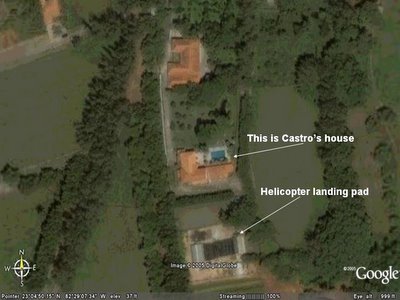American and Canadian Baseball Fans to Attend Cuban Playoffs
by:
Eighteen intrepid baseball fans are about to score a home run by flying to Havana for the last three games of the Cuban National Series.
The trip is being organized by Vancouver-based CubaBall Tours with an Air Canada departure from Toronto scheduled for March 24, 2005. The group will be escorted by Canadian baseball historian Ernest "Kit" Krieger, who has booked front row seats for the final matches of the series in Havana and Pinar del Rio.
Between games tour members will meet with Cuba's Baseball Commissioner, other officials, and players in the Cuban League. Krieger hopes this trip will build ties of understanding between North American fans and players and their Cuban counterparts. "We want to revive the tradition of openness between game lovers the Cubans established from the earliest days of baseball."
"Our annual trip will explore past and living baseball history. We'll meet and exchange stories with contemporary players and the legendary Conrado Marrero, the last surviving major leaguer in Cuba." Krieger highlights other activities: "We'll join in the lively baseball Pena in Parque Central, visit baseball monuments in several provinces, tour stadiums, and see and enjoy all western Cuba has to offer -- which is a lot!"
The registration deadline for this unique one-week trip is March 3, 2005, and some seats are still available. Hotel accommodations with breakfast, group transfers, tours and activities listed on the itinerary, guides, and the best seats at all scheduled games are included in the US$1,449 per person ground price (plus US$169 single supplement, if required). Airfare and the US$25 Cuban departure tax are extra.
CubaBall assists participants arriving from the United States with Cuba flight arrangements and details U.S. government restrictions on travel to the island.










